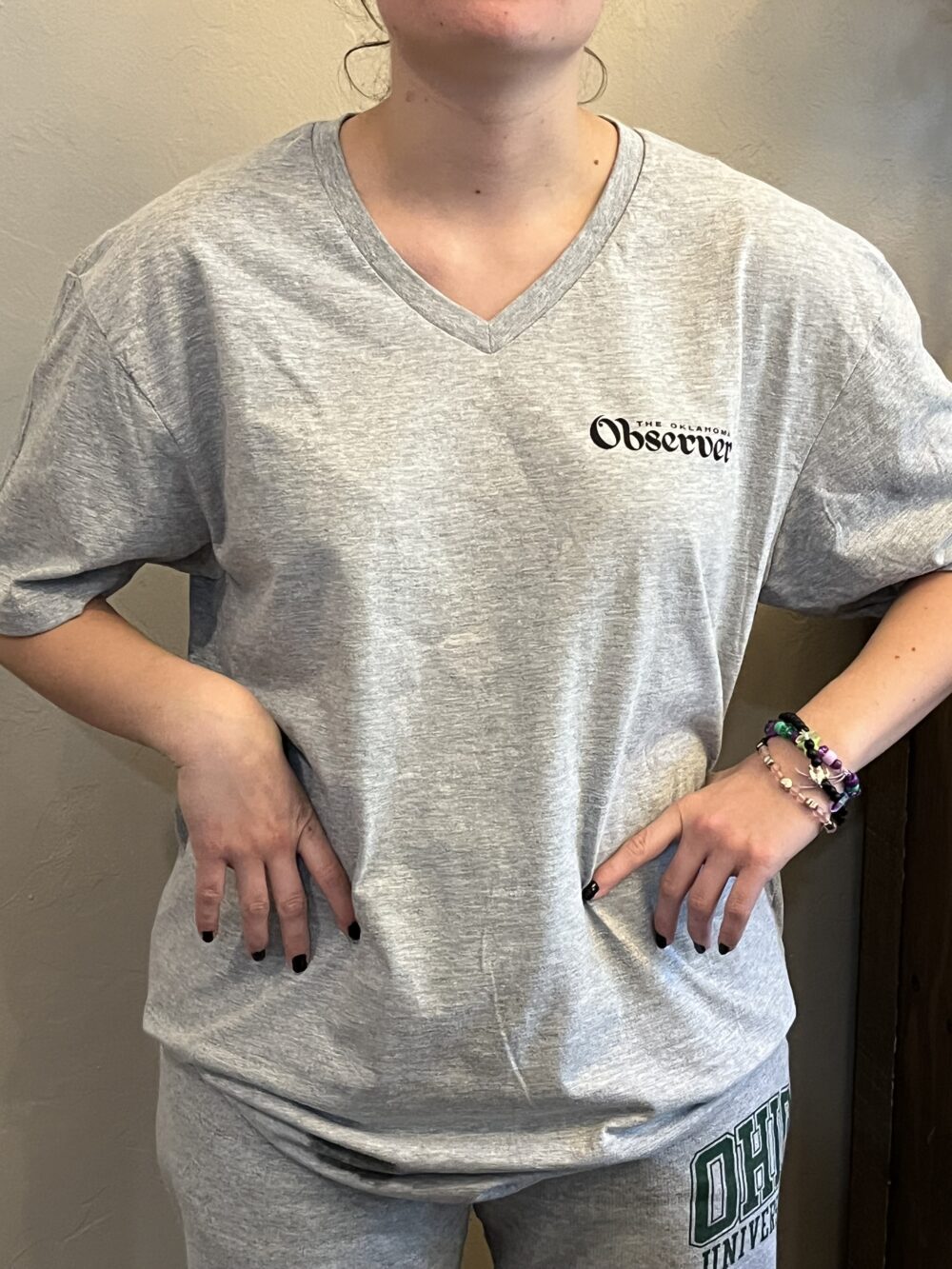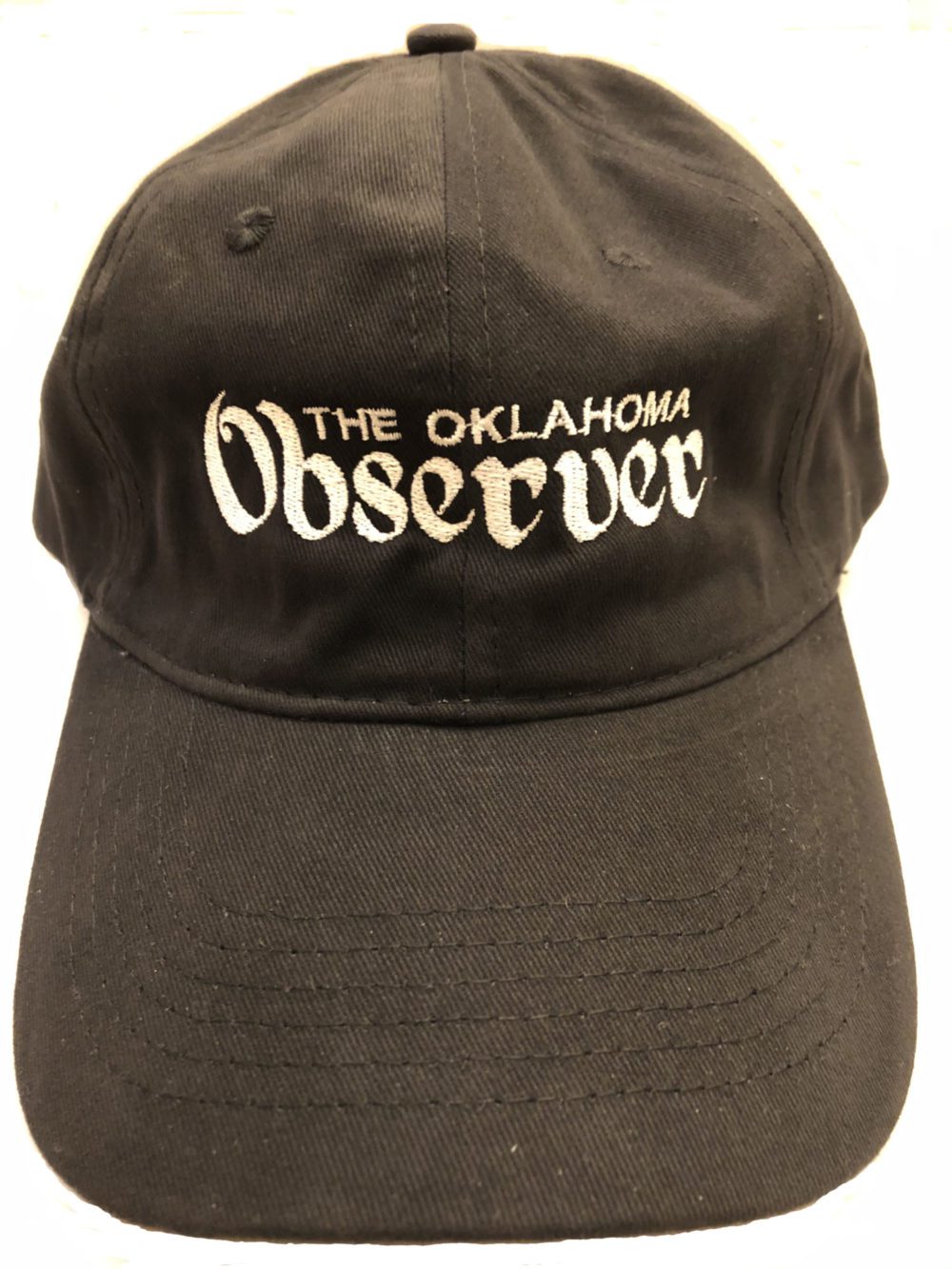BY DAVID PERRYMAN
 Desperate times call for desperate measures. With a white supremacist madman in control of perhaps the most technologically advanced military machine in the history of the world, the future looked bleak.
Desperate times call for desperate measures. With a white supremacist madman in control of perhaps the most technologically advanced military machine in the history of the world, the future looked bleak.
Those around the world who opposed his path toward destruction could not understand how he had persuaded so many citizens to blindly follow his lead and to sit on their hands while he engaged in hateful rhetoric that was so foreign to their nation’s past. In fact, hundreds of thousands fell in line with his unprincipled behavior and outright supported him because of promises to rid the nation of immigrants and to put the country on a path toward economic success.
The year was 1944. The man was Adolf Hitler and his atrocities had rocked the world.
In a desperate response, on June 6, 1944, the United States, Britain, and Canada conducted Operation Overlord, landing 156,115 soldiers on five beaches along a 50-mile stretch of the heavily fortified coast of France’s Normandy region.
We are often reminded of the enormous amphibious landing and the brave soldiers who died and the ones who survived to make the operation a success. We know of the 6,939 ships and landing vessels and 2,395 aircraft and 867 gliders that delivered airborne troops and equipment and machinery.
Those efforts were heroic and forged alliances of trust and unity that lasted for over seventy years. What we don’t readily know about were a number of clever innovations that were used on D-Day. Many of the innovations were somewhat experimental and were used simply because desperate situations require desperate measures. Recently, the British Imperial War Museum openly discussed some of those measures.
Because Hitler had charged Rommel with the fortification of the beaches and it was thought that any attack would occur during high tide, German mines and structures had been installed just below high tide along the beaches to hamper Allied efforts. With this knowledge, the allied forces chose to land during low tide when the mines and structures would be most exposed. The allies commissioned British mathematician Arthur Thomas Doodson to develop a tide-prediction machine, a mechanized calculator to reveal tidal patterns. Using this and weather models, Doodson identified the exact time that the landing would be most effective and directed that D-Day should fall between June 5 and June 7.
A second innovation involved Horsa Gliders that were towed by transport or bomber aircraft before gliding into the Normandy landing zone. They transported heavier equipment and supplies that could not be delivered via parachute drops. The hinged nose and removable tail sections allowed cargo to be unloaded relatively easy. These gliders were flimsy, constructed mainly of fabric over a wood frame. They were difficult to operate, but were effective in the support effort.
Perhaps the most impressive D-Day Innovation was the PLUTO that was designed to provide fuel support to the massive invasion. PLUTO was an acronym for “Pipeline Laid Under The Ocean.” Massive lengths of 3-inch steel pipes were literally wound around a huge floating spools called a Conundrum and unwound across the English Channel. The pipes were used to pump fuel to the allied effort and by wars end, at least one of the pipes was nearly 500 feet long.
These and many other critical innovations allowed good to prevail over evil and the men and women who fought for allied powers around the world to be successful in an era where margins of victory were then.
On this 75thAnniversary of D-Day, we must remember the honor of working with other nations to pursue peace, freedom and prosperity against those who would take it from us and as we see that greatest generation pass from our midst find a way to preserve that honor for our posterity.
– Chickasha Democrat David Perryman represents District 56 in the Oklahoma House and serves as minority floor leader








